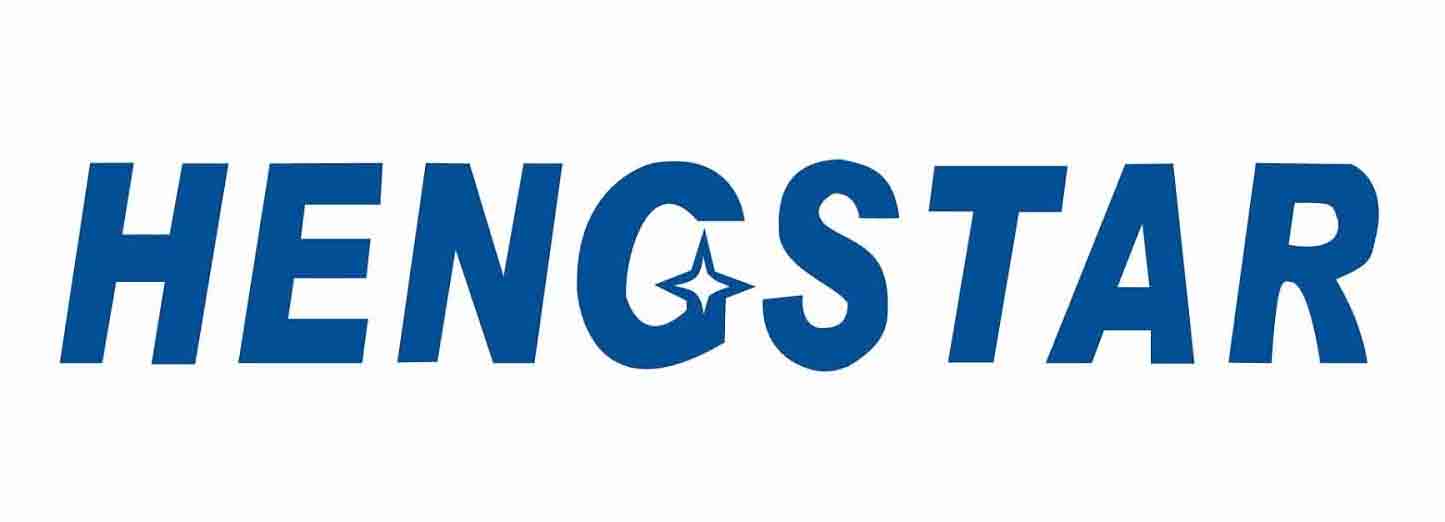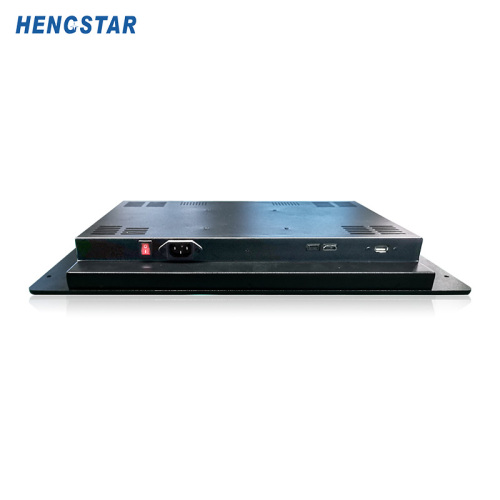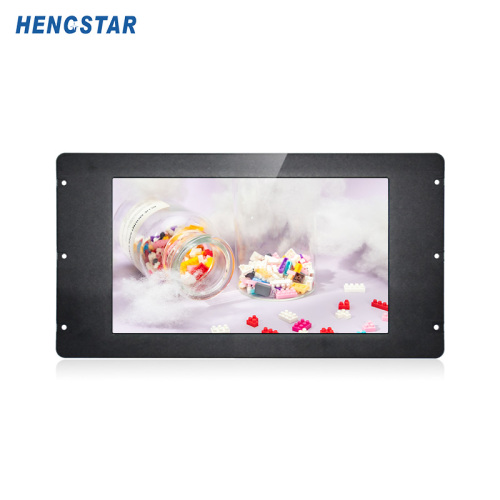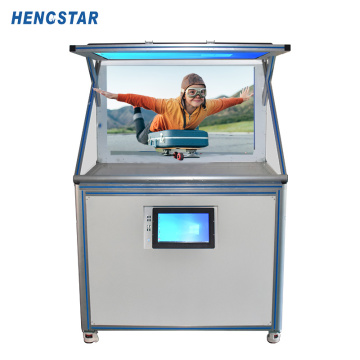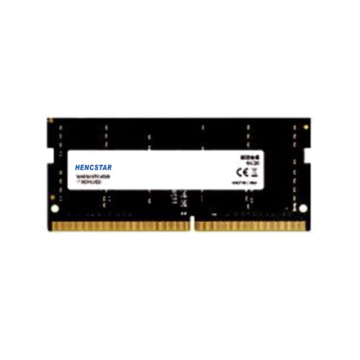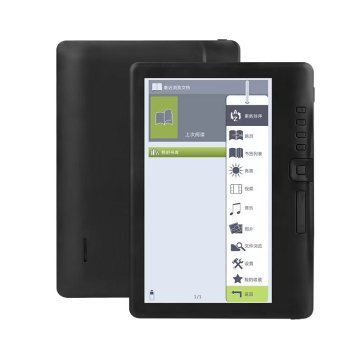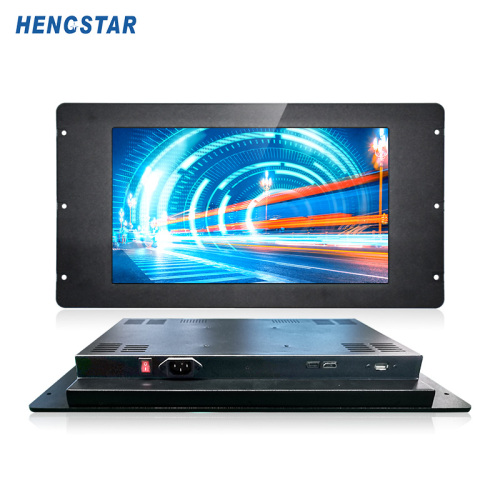
15.6 Inch Front Panel Waterproof Embedded Computer
- Min. Order:
- 2 Others
- Min. Order:
- 2 Others
- Transportation:
- Ocean, Land, Express, Air
Your message must be between 20 to 2000 characters
Contact Now| Supply Ability: | 5000 |
|---|---|
| Payment Type: | T/T,Paypal |
| Incoterm: | FOB,CIF,EXW |
| Transportation: | Ocean,Land,Express,Air |
A typical embedded computer is mainly composed of the following elements: CPU and microcontroller (one or more): Logic gates containing transistors and arithmetic processing units (ALUs) are packaged within a single chip - they are embedded systems. The brain of the processor and controller, responsible for executing the operations and calculations of the main system, from various levels of cache (L1 Retrieve data from L2, L3, and system memory (RAM). CPU cache (L1 L2, L3): Due to optimization for extreme speed, it occupies a considerable portion of the bare chip and uses Single Level Unit Architecture (SLC) to improve speed. This means that each unit contains 1 bit of data, which is due to the large number of transistors in high-speed memory. On the CPU, this type of cache is limited to a very small number, with L1 cache being the fastest, but only limited to 00 KB, L2? 1024KB and L3? 2-16MB. The speed of this cache and its proximity to the CPU are crucial to the performance of the processor. System memory (RAM): It is one order of magnitude slower than cache, but many times faster than non-volatile storage (such as hard drives and solid-state NAND drives), and more resilient. System memory is used to store running applications for quick access and transfer to processor cache. When an application moves data and performs complex operations, this memory is written thousands of times per minute, so it is not affected by unit degradation and limited write/erase cycles. Non volatile storage: hard drives SSD, NAND, and other non-volatile storage technologies are the slowest but largest storage technologies in the system. Large system files and data files are stored here for normal system use. CMOS RAM: This component is responsible for storing important system configurations and real-time information. Powered by a small button battery, the system can be turned off without losing its timing and wake-up functions. I/O ports: Any connection from an Ethernet RJ45 port to a 3.5mm audio jack belongs to this category. They enable systems to typically receive and process external inputs through standardized interfaces such as USB and HDMI.
15.6'' 19U Wide Screen Industrial Front Panel Waterproof Rack Mount With VESA Hole LCD Monitor

Industrial Waterproof Monitor Waterproof Displays Waterproof Touch Screen Monitor
Key Features:
-Aluminum alloy process, Rugged 15mm Aluminum Frame design, front panel IP65 waterpfoof
-Tempered glass display surface box, avoid dust, waterproof, avoid vibration option
-Low-E characteristics of LCD screen is not flashing
-Built in power
-HDMI, VGA, USB, ect. ports optional
-Suitable for large electromagnetic interference and low power consumption of industrial one-site human-machine interface, process control and other occasions
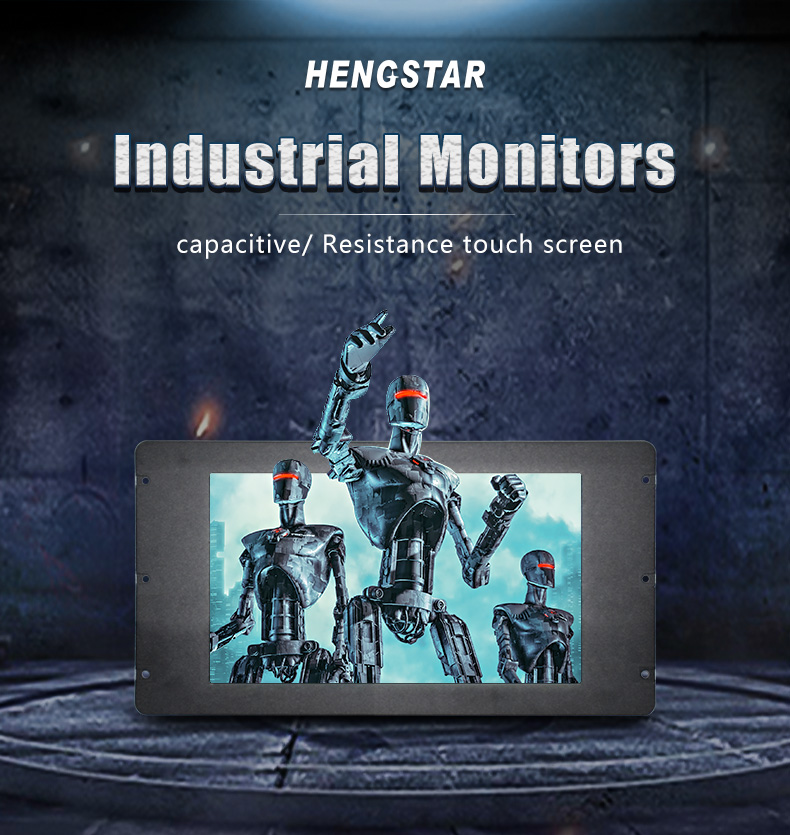
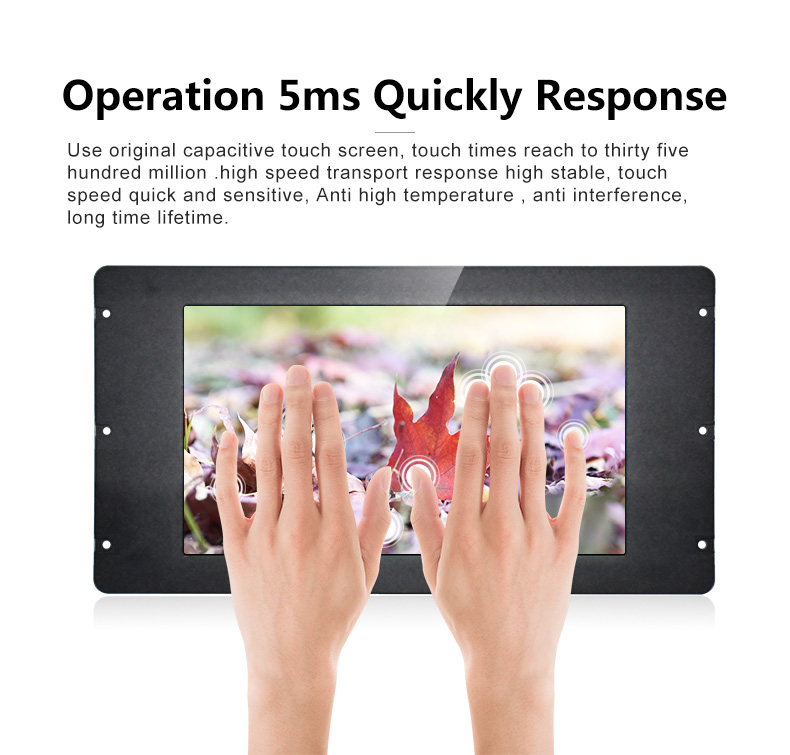
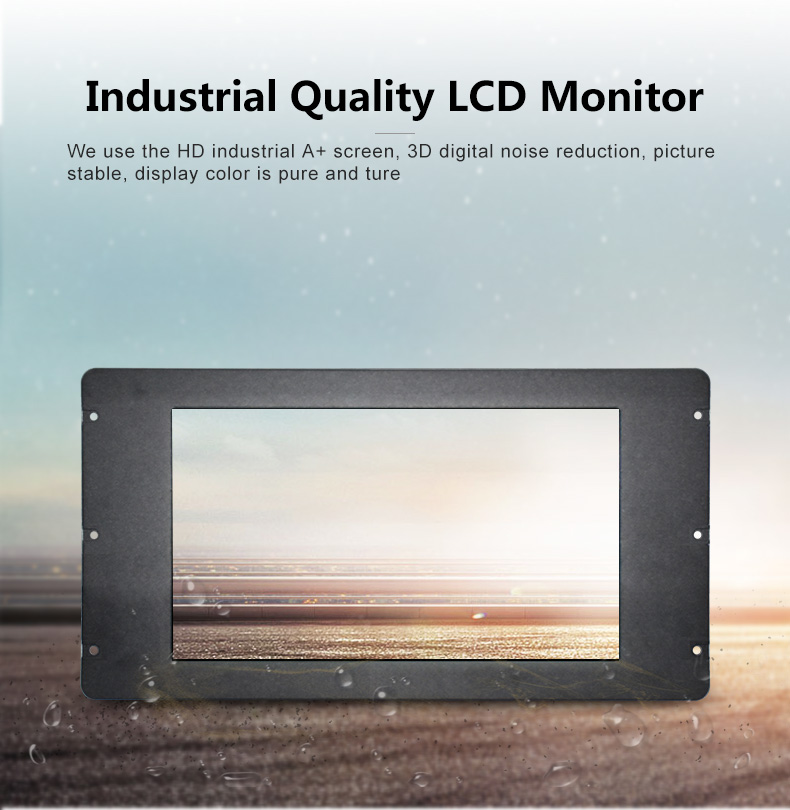

Low consumption,cycling heat dissipation


* Multiple I/O Port To Meet Customers Requirement.
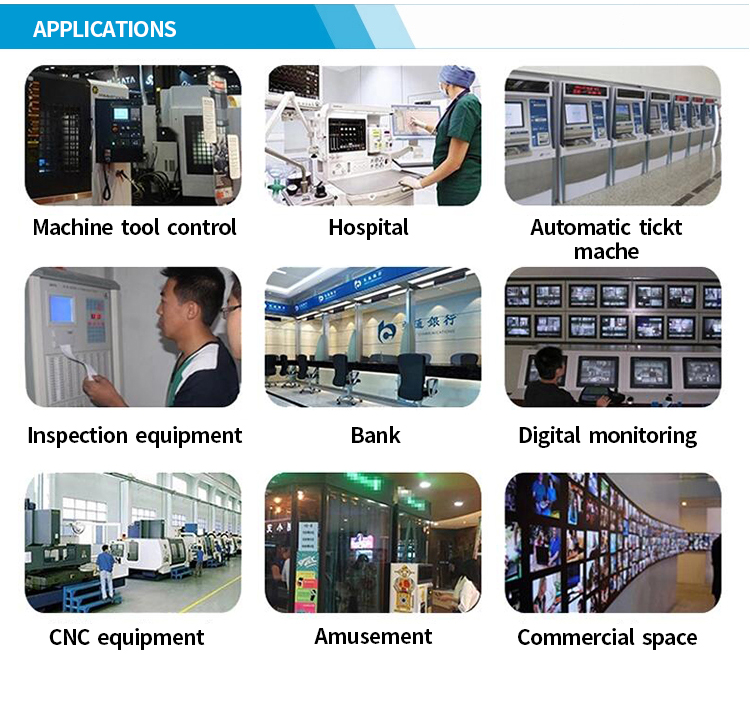
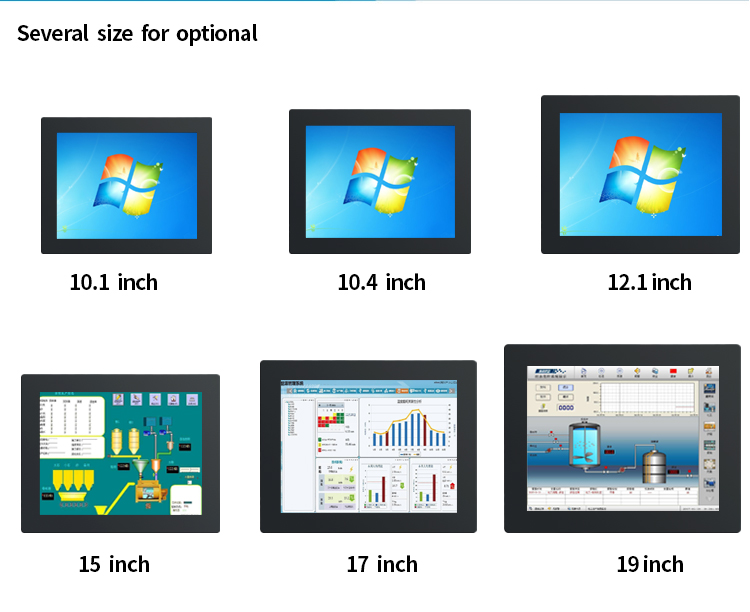
Waterproof Monitor Waterproof Computer Monitors Outdoor Waterproof Monitors
Related Keywords

